Looking for a creative and space-saving way to grow your favorite vegetables? Upside-down gardening is an innovative technique that allows you to grow plants in containers suspended above the ground, making it perfect for small spaces, urban environments, or anyone looking to maximize garden space.
By hanging plants like tomatoes, cucumbers, peppers, and herbs upside down, you can reduce the risk of pests, improve air circulation, and create a visually unique garden. This method also eliminates the need for bending over or kneeling, making it ideal for gardeners with limited mobility.
Discover how to set up your own upside-down garden and enjoy fresh, homegrown vegetables without sacrificing space or style!
Tomatoes Skyward
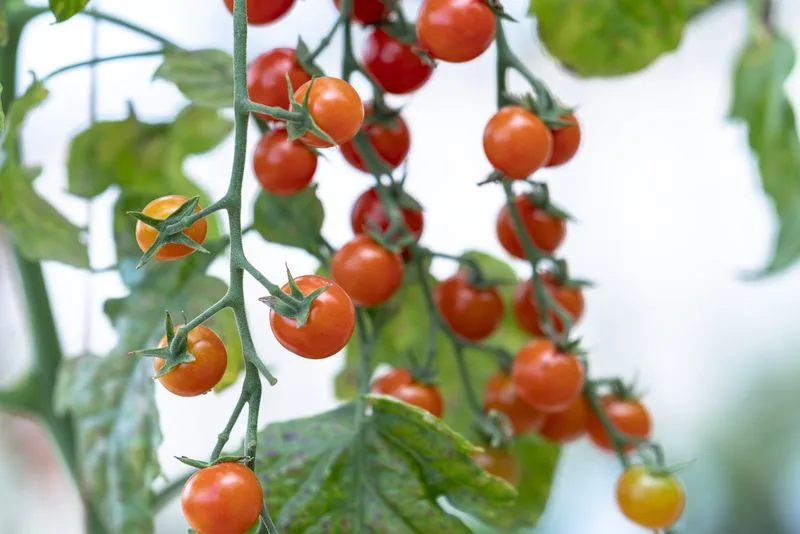
Imagine tomatoes cascading downwards, bright red against a deep green backdrop. Upside-down tomato gardening not only saves space but also encourages healthier fruit by reducing soil contact. Hanging them allows for better air circulation, preventing common diseases. Plus, harvesting becomes a breeze—no bending required! Picture yourself gently picking tomatoes at eye level, a small basket in hand. This method also lets you delight in watching the plants sway gently in the wind, adding a unique aesthetic to your garden. Perfect for city dwellers or those with limited garden space, this technique is both practical and beautiful.
Pepper Pendulums
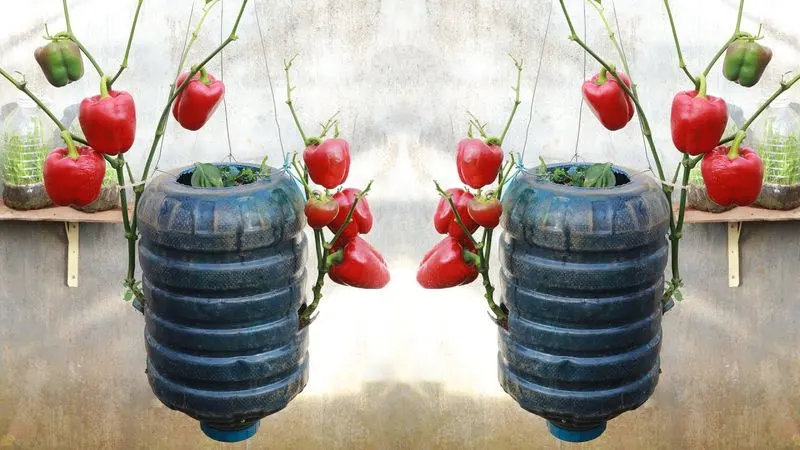
Peppers, with their brilliant hues, lend themselves beautifully to upside-down gardening. Dangling like vivid pendulums, these plants thrive with proper support and regular watering. The aerial positioning reduces ground pests and makes them easy to nurture without taking up precious soil space. Imagine the crisp texture of a freshly picked pepper, its vivid color contrasting with green foliage. This approach also provides a wonderful visual treat, as the peppers sway gently in the breeze. Ideal for those who love vibrant plants, these dangling delights offer both aesthetic charm and practical benefits.
Cucumber Cascades

Cucumbers, known for their vining nature, are perfect for an upside-down transformation. Picture long, crisp cucumbers hanging downwards like green chandeliers. This method minimizes the risk of rot by keeping the fruit off damp soil, allowing for even sunlight exposure. Visualize the contrast of their vibrant green against the blue sky, a sight that adds elegance to any space. This gravity-defying technique ensures a bountiful harvest while keeping pests at bay. Whether placed on a porch or in a greenhouse, these hanging beauties are both a gardener’s delight and a practical choice.
Strawberry Showers
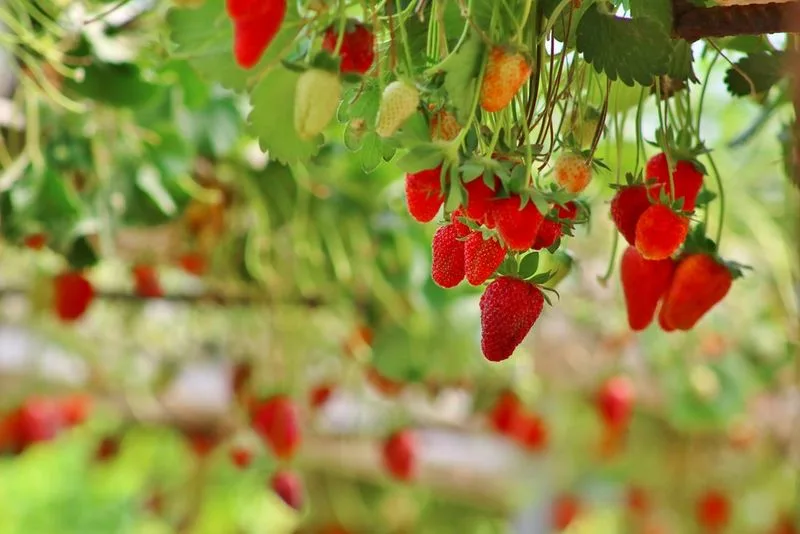
Red, juicy strawberries cascading from a hanging planter can be a delightful sight. This upside-down approach ensures that the berries remain clean and pest-free, as they dangle away from the soil. Envision reaching up to pluck these sweet treats, their fragrance filling the air. It’s an innovative way to cultivate strawberries, with the added benefit of easy access for picking. The visual appeal of these dangling jewels is undeniable, making them a hit in any garden setting. Perfect for patios or small yards, this method combines beauty and function seamlessly.
Herb Havens
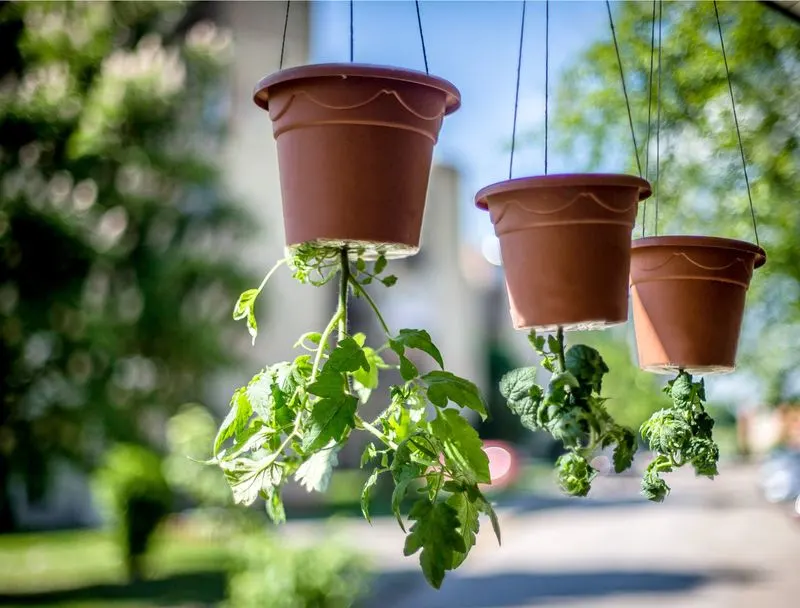
Herbs, such as basil and mint, flourish when grown upside down, creating aromatic cascades in any culinary space. Imagine these fragrant plants suspended above your kitchen, ready for a snip while cooking. This technique saves counter space and offers a unique display of greenery. Herbs grown this way benefit from direct sunlight and improved air circulation, enhancing their growth. It’s not just about utility; it’s about bringing nature indoors in an innovative way. Whether for practical use or decorative flair, upside-down herb gardens are a fresh addition to any home.
Zucchini Ziplines
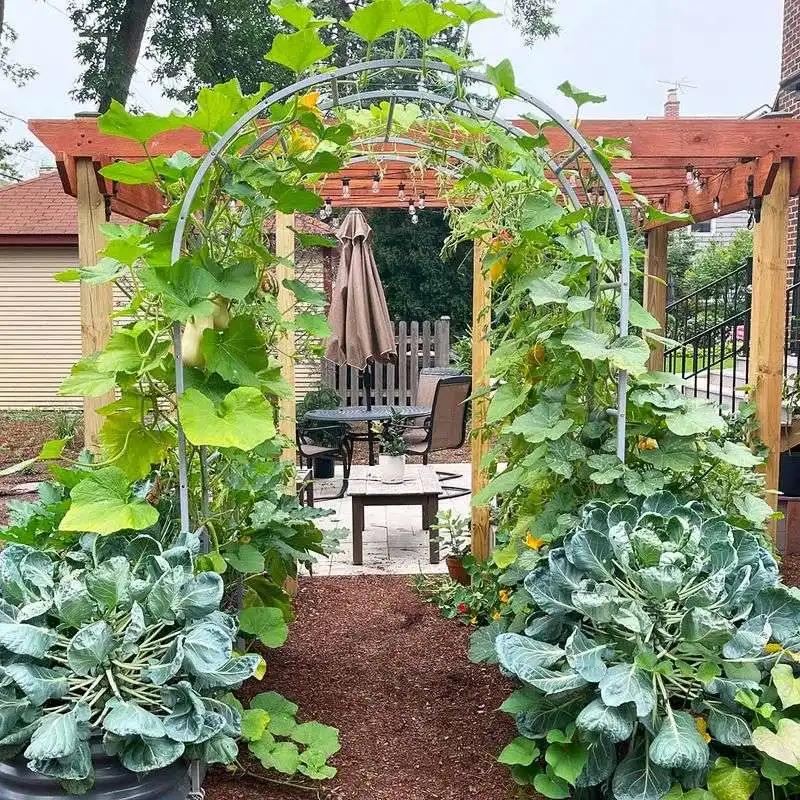
Zucchini plants can become unwieldy, but flipping them upside down offers a neat solution. Visualize zucchinis hanging like verdant zip lines, their weight naturally supported by gravity. This method keeps the fruit clean and easily accessible, a boon for any gardener. It’s fascinating to watch these plants grow downward, their large leaves providing a canopy of shade below. The upside-down cultivation reduces mildew issues and makes harvesting an effortless joy. An excellent choice for those looking to optimize space and enjoy fresh produce, zucchini on a zip line is gardening reimagined.
Bean Balconies
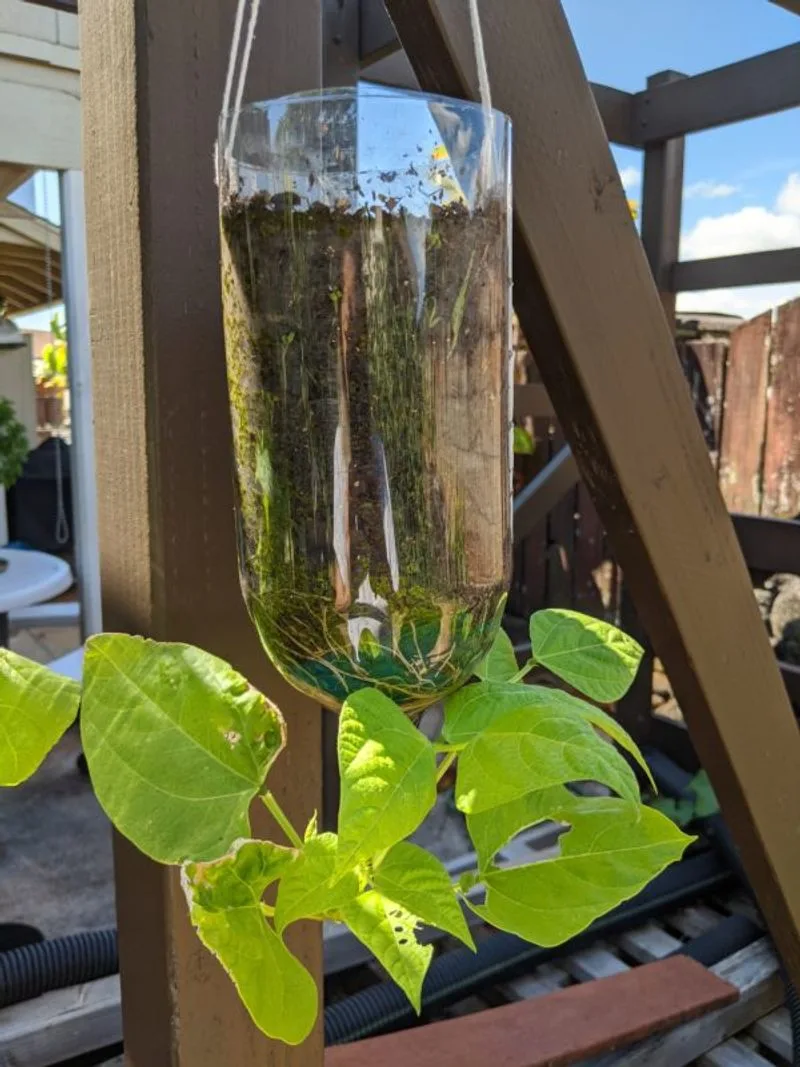
Bean plants, with their climbing nature, adapt well to upside-down growth. Think of green beans extending downward, creating a curtain of freshness on your balcony. This setup not only saves floor space but also turns vertical spaces into productive gardens. The beans hang in full sunlight, promoting healthy growth and straightforward harvesting. Picture yourself on a balcony, easily plucking a handful of beans for dinner. This innovative method is perfect for urban gardeners, combining efficient use of space with the joy of fresh produce. Beans in the sky redefine balcony gardening.
Carrot Cascades
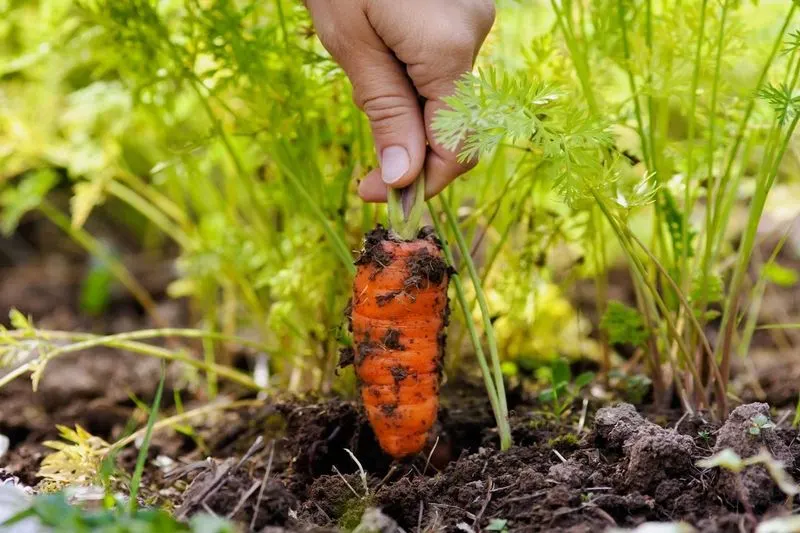
Imagine carrots hanging like nature’s own chandeliers! Invert the usual way and plant carrots in suspended containers. The roots grow downward towards the ground, creating a cascade of orange delight.
This method not only saves space but also adds an eye-catching element to your garden. The surprise of seeing carrots float above ground is a conversation starter.
To set this up, choose a container that supports growth, fill it with sandy soil, and watch your carrots dangle and thrive, away from pesky ground pests. Enjoy harvesting by simply picking them from mid-air!
Lettuce Layers
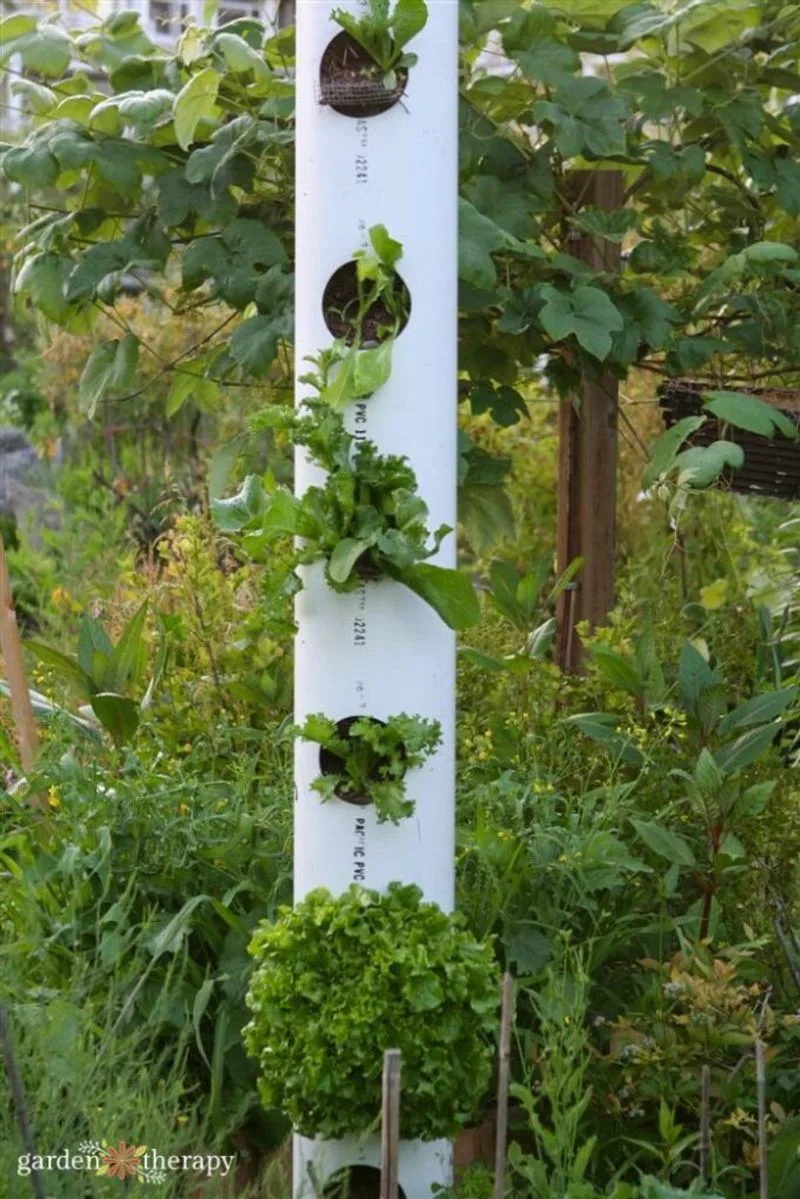
Why not turn your lettuce garden into a vertical masterpiece? Create layers of upside-down lettuce plants, transforming any wall into a vibrant tapestry of greens.
With each layer, you introduce a new hue and texture, making your vegetable garden a living artwork. The upside-down technique maximizes space and creates a stunning visual display.
To begin, stack planters with nutrient-rich soil, and arrange them vertically. Secure each layer and plant your lettuce so the leaves cascade downwards, producing a lush curtain effect that’s both practical and pleasing to the eye.
Radish Rainfall
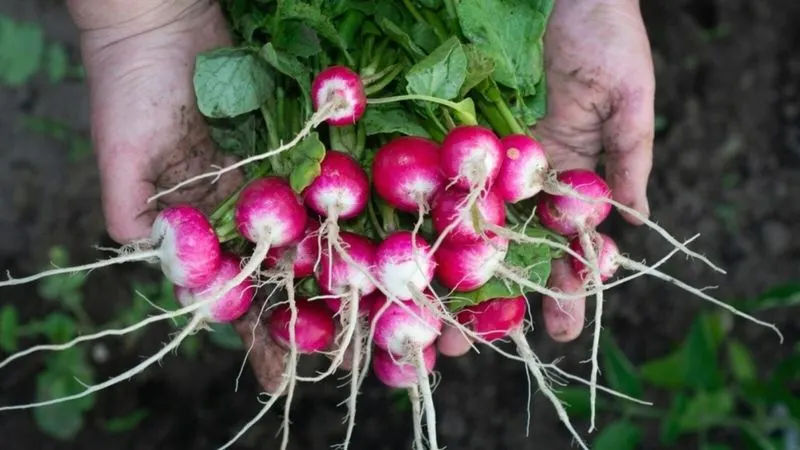
Radishes have never looked so refreshing as they do in an upside-down setting! Hanging radishes mimic a gentle rainfall, with their vibrant red bulbs peeking through lush leaves.
The upside-down method keeps the soil aerated and well-drained, promoting quick growth. Plus, it offers a unique way to showcase this classic vegetable.
Set up involves using porous containers filled with loose soil. Hang them under a balcony or overhang to protect from heavy rain, and watch as your radishes flourish in this quirky setup that defies gravity.
Pumpkin Pyramids
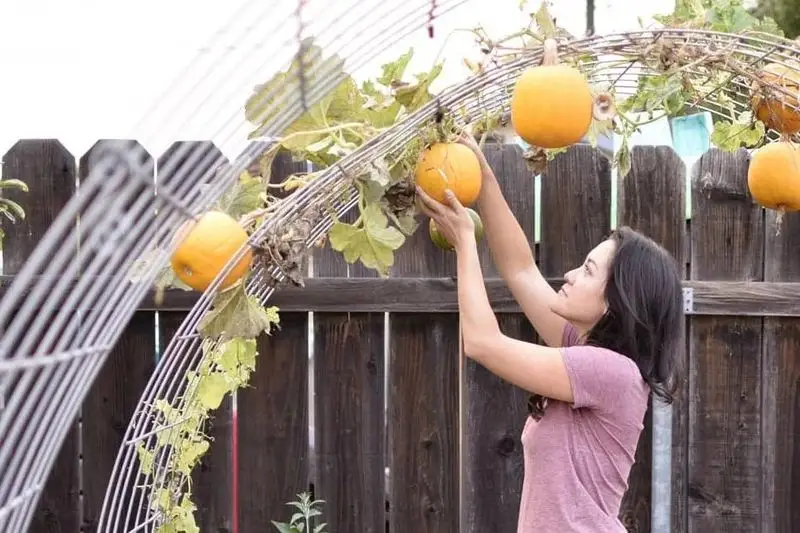
Pumpkin growing takes a magical turn with upside-down pyramids. Imagine large pumpkins hanging like lanterns in the fall sun, creating a fairy-tale landscape.
This method requires sturdy pyramids or teepees to support the weight of the pumpkins. The upside-down growth ensures even sunlight distribution and adds a unique twist to traditional pumpkin patches.
Construct your pyramid with durable materials, ensuring stability. Plant pumpkin seeds at the top, and let gravity do the rest, as vines cascade downward and fruits develop into glowing orbs suspended in mid-air.
Spinach Spirals
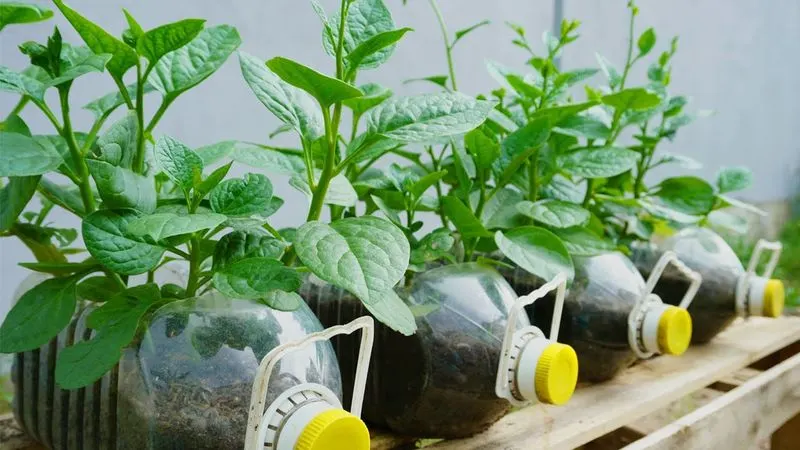
Spinach spirals transform your rooftop into a dynamic garden oasis. These upside-down spirals not only save space but also create a striking spiral staircase of greenery.
The setup is ideal for urban settings, where space is limited yet creativity is boundless. The cascading leaves provide a refreshing green escape in the concrete jungle.
To get started, construct a spiral framework and fill with well-drained soil. Plant spinach at the top, and as it grows, it weaves downwards, forming an enchanting spiral of nutritious greens ready to be plucked fresh from above.

